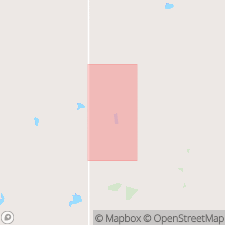
- Usage in publication:
-
- Elmo limestone member
- Modifications:
-
- Original reference
- Dominant lithology:
-
- Limestone
- AAPG geologic province:
-
- Salina basin
Summary:
Pg. 176, 178-208. Elmo limestone member of Wellington shale of Sumner group. Chalky, light-gray, argillaceous, thin-bedded limestone, in layers 0.5 inch to 4 inches thick, containing fossil insects and land plants. It is the conspicuous calcareous zone in a section dominantly made up of shales. Thickness 5.5 feet. Overlain, on Insect Hill, by 9 feet of light-gray shale and harsh shaly limestone, and underlain with sharp and irregular contact, by "stump bed," consisting of black shale containing land plants and, at base, bone conglomerate. Occurs in midst of Wellington shale, probably 250 to 300 feet above base. Age is Permian.
Named from occurrence about 3 mi south and 0.5 mi east of village of Elmo, Dickinson Co., central KS, where it caps Insect Hill.
Source: US geologic names lexicon (USGS Bull. 896, p. 679).
For more information, please contact Nancy Stamm, Geologic Names Committee Secretary.
Asterisk (*) indicates published by U.S. Geological Survey authors.
"No current usage" (†) implies that a name has been abandoned or has fallen into disuse. Former usage and, if known, replacement name given in parentheses ( ).
Slash (/) indicates name conflicts with nomenclatural guidelines (CSN, 1933; ACSN, 1961, 1970; NACSN, 1983, 2005, 2021). May be explained within brackets ([ ]).

